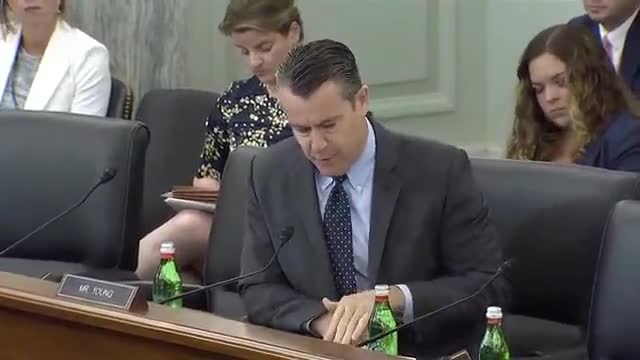
This article was created by AI using a video recording of the meeting. It summarizes the key points discussed, but for full details and context, please refer to the video of the full meeting. Link to Full Meeting
The session began with an acknowledgment that AI is not a new phenomenon, having been integrated into various sectors for decades. A key point raised was the necessity of evaluating existing laws to determine if they adequately address vulnerabilities posed by AI. The discussion emphasized that while many concerns could be managed under current legislation, there are specific high-risk areas that require targeted scrutiny.
The committee highlighted advancements in generative AI, such as ChatGPT, which have sparked fears of a dystopian future. However, it was noted that history has shown that innovations often come with exaggerated concerns, yet they also bring significant societal benefits, including advancements in healthcare, education, and transportation.
A significant portion of the hearing was dedicated to the distinction between AI developers and deployers. Experts explained that developers create AI systems, while deployers, such as businesses using AI for decision-making, utilize these systems. This distinction is crucial for crafting effective legislation, as developers and deployers have different responsibilities and knowledge regarding the AI systems they work with.
The conversation also addressed the importance of transparency in AI, particularly in high-risk scenarios where decisions can significantly impact individuals' rights, such as in government benefit determinations or hiring practices. Experts advocated for mandatory impact assessments in these cases to ensure risks are identified and mitigated. Conversely, for lower-risk applications, such as email reminders or video conferencing enhancements, imposing such requirements could be seen as overly burdensome.
The hearing concluded with a focus on identifying clear high-risk use cases for AI that Congress should prioritize, including autonomous vehicles, healthcare, and housing. These areas were highlighted as critical points where AI's impact could lead to significant harm if not properly regulated.
Overall, the meeting underscored the need for a balanced approach to AI regulation—one that safeguards against risks while promoting the technology's potential benefits. The committee plans to continue discussions on these issues, aiming to develop a framework that ensures both transparency and innovation in the evolving landscape of artificial intelligence.
Converted from Subcommittee Hearing: The Need for Transparency in Artificial Intelligence meeting on June 30, 2025
Link to Full Meeting
Comments
View full meeting
This article is based on a recent meeting—watch the full video and explore the complete transcript for deeper insights into the discussion.
View full meeting